disadvantages of using tissue paper?
Discover the lesser-known disadvantages of using tissue paper. Learn about its environmental, health, and societal impacts, and explore sustainable alternatives for a better tomorrow.
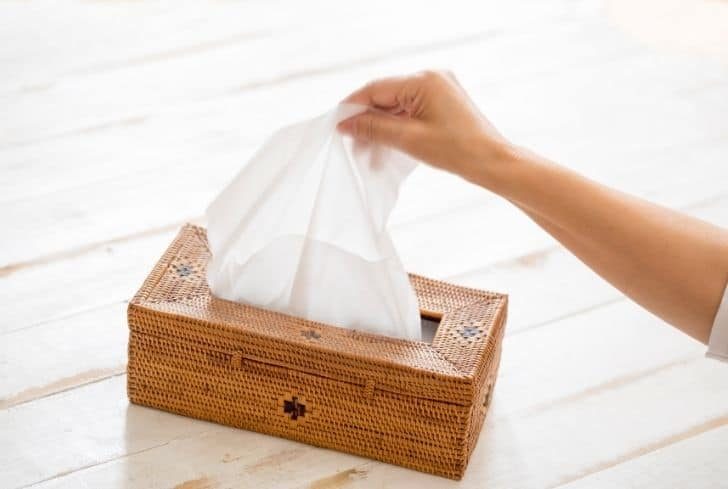
Tissue paper, a product most of us use daily, seems harmless at a glance. However, its impact stretches far beyond the immediate comfort it offers, affecting both our health and the environment. This comprehensive guide uncovers the hidden disadvantages of tissue paper, offering insights into its production, usage, and more.
TABLE OF CONTENT
What are the disadvantages of using tissue paper?
Tissue paper, while convenient, carries a host of disadvantages. From contributing to deforestation and energy consumption to possible health risks due to chemical additives, the downsides are many. Even the social and cultural implications of its widespread use can’t be ignored. This article aims to shed light on these less-considered aspects, challenging you to think twice before grabbing that next sheet of tissue paper.
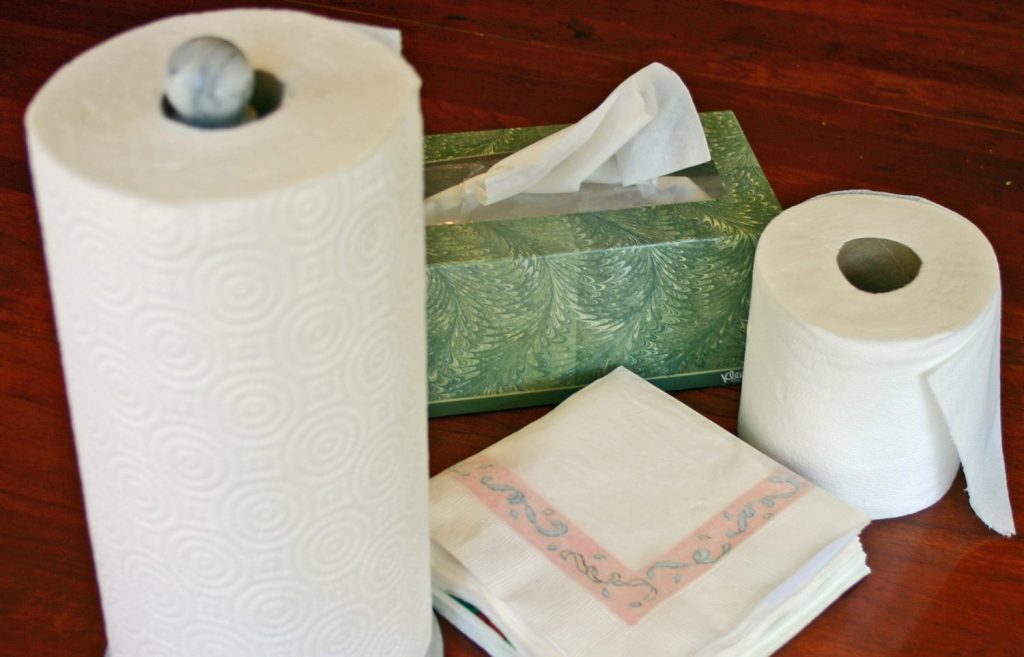
Is tissue paper bad for the environment?
Yes, tissue paper poses significant environmental challenges. For starters, it contributes to deforestation, as millions of trees are cut down annually to keep up with demand. The production process also requires enormous amounts of energy and water, exacerbating the issue. Furthermore, not all tissue paper is biodegradable or recycled, leading to landfill and waste management concerns. When you think about the long-term consequences, the environmental footprint of tissue paper is far from green.
How does tissue paper contribute to deforestation?
Forests are the lungs of our planet, but the tissue paper industry significantly harms them. According to various reports, thousands of acres of forests are cleared each year to produce tissue paper. This loss of forest land leads to decreased biodiversity, disrupted ecosystems, and contributes to climate change by releasing stored carbon dioxide. For a product that’s often used just once and thrown away, the cost to our forests is steep.
What are the chemicals used to make tissue paper?
When it comes to the production of tissue paper, a variety of chemicals are involved. These can include chlorine for bleaching, formaldehyde to improve wet-strength, and various dyes and fragrances to make the product more appealing. While these additives enhance the tissue’s texture, color, or scent, they raise concerns about their impact on human health and the environment.
Are TISSUE PAPER chemicals harmful to human health?
The chemicals used in tissue paper production, such as chlorine and formaldehyde, can pose health risks. Long-term exposure to formaldehyde is linked to respiratory issues and even cancer. Fragrances added to tissue can also lead to skin irritation and allergies. If you consider the frequency with which we use tissue paper, these risks become increasingly relevant and can’t be brushed aside.
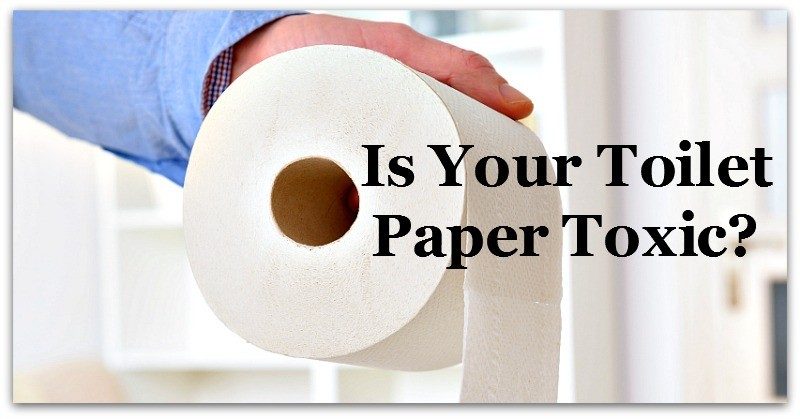
Can tissue paper irritate the skin or eyes?
Yes, the chemical additives in tissue paper can irritate sensitive skin and eyes. Those with pre-existing skin conditions like eczema or dermatitis may experience exacerbated symptoms. For people with sensitive eyes, rubbing them with tissue paper containing irritants can cause redness and discomfort. So while reaching for a tissue may provide immediate relief, it may come with long-term consequences for some individuals.
Is tissue paper hygienic?
Contrary to popular belief, tissue paper isn’t as hygienic as one might think. While it may feel clean and fresh, the potential for cross-contamination exists, especially if you store tissue paper in damp or unsanitary conditions. Once the packaging is opened, it can become a breeding ground for bacteria, which you then unknowingly apply to your face, mouth, or other sensitive areas.
Can tissue paper spread germs?
The risk of spreading germs with tissue paper is real. When you blow your nose or wipe your mouth, the tissue can retain bacteria or viruses. If not disposed of properly, these pathogens could potentially spread to other surfaces or individuals. Even the action of pulling a tissue from a box can spread germs if hands are not clean.
Is tissue paper biodegradable?
While many assume that tissue paper is biodegradable, the reality is more nuanced. Although tissue paper itself is made from natural fibers and will eventually decompose, the rate at which this happens varies. Factors like the presence of chemicals, inks, and fragrances can slow down the decomposition process, complicating its environmental impact.
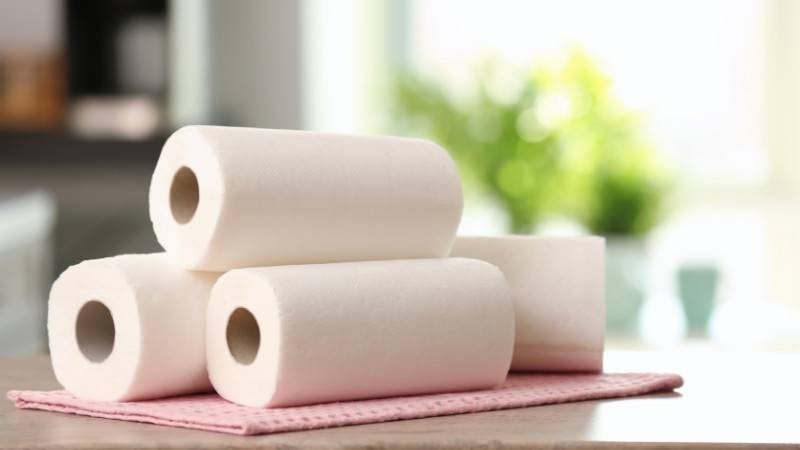
How long does tissue paper take to decompose?
Typically, untreated tissue paper may take a few weeks to a couple of months to decompose fully. However, treated or bleached tissues, which are often laden with chemicals, could take much longer. Such extended decomposition periods contribute to landfill problems, especially when you consider the staggering volume of tissue paper discarded daily.
What are some sustainable alternatives to tissue paper?
Sustainability is the name of the game these days, and thankfully, alternatives to traditional tissue paper exist. You might consider using cloth handkerchiefs, which are reusable and can be made from organic materials. Bamboo tissues and those made from recycled paper are also eco-friendlier options. By switching to such alternatives, you’re not only benefiting yourself but also doing Mother Earth a favor.
How can I reduce my use of tissue paper?
Reducing tissue paper use is easier than you might think. First, be mindful of how many sheets you use each time. Sometimes, one sheet can do the job of two or three. You can also carry a reusable cloth handkerchief for wiping hands or faces. Make it a point to buy tissue paper made from recycled or sustainable materials and, if possible, avoid tissues with added chemicals or fragrances.
What are the health risks of using tissue paper for feminine hygiene?
For women, using tissue paper as a makeshift sanitary pad or to clean up during menstruation can pose significant health risks. Tissue paper doesn’t have the absorbency levels that sanitary products offer, which can lead to leakage and bacterial infection. Also, the fragrances and chemicals in some tissues can cause irritation or allergic reactions in sensitive areas.

Can tissue paper cause anal fissures or other anal problems?
Believe it or not, the rough texture and chemical content in some tissue papers can cause anal fissures or exacerbate existing ones. Continual use of such tissues can also lead to irritation and itchiness, making matters worse. In severe cases, this can escalate into more serious health issues that require medical intervention.
Can tissue paper irritate the nose or throat?
The frequent use of tissue paper for blowing your nose, especially during cold or allergy seasons, can result in irritation. The nose and throat are lined with sensitive mucous membranes, and the abrasiveness of tissue paper, not to mention any added fragrances or chemicals, can be a recipe for discomfort or even minor infections.
Can tissue paper spread respiratory infections?
While tissues are commonly used for coughs and sneezes, improper disposal or handling could lead to the spread of respiratory infections. Used tissues contain pathogens and should be disposed of immediately and appropriately to prevent cross-contamination. Always wash your hands after using a tissue, especially if you’re sick.
Can tissue paper cause eye problems?
You might not think twice before using tissue paper to wipe your eyes, but be cautious. The chemicals and fragrances commonly found in tissues can irritate the sensitive eye area, leading to redness, itching, or more serious issues like conjunctivitis if pathogens are transferred.
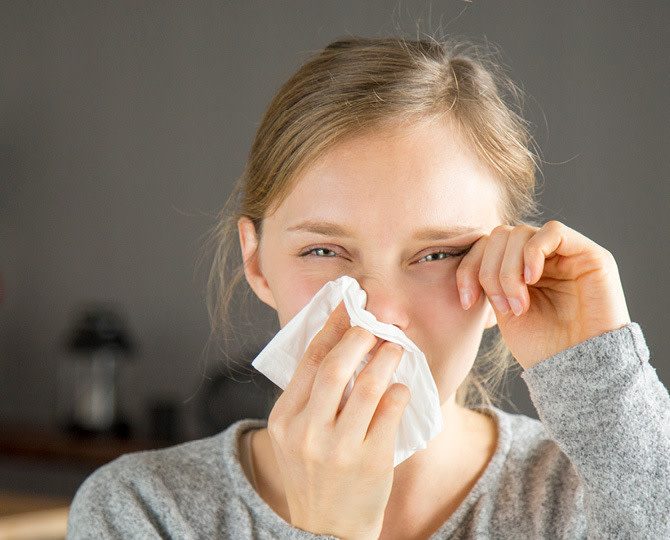
Can tissue paper cause skin problems, such as dermatitis or eczema?
Absolutely. The chemicals used in tissue paper production can irritate the skin and may exacerbate existing conditions like dermatitis or eczema. Individuals with sensitive skin should opt for unbleached, fragrance-free, and chemical-free tissue options to minimize these risks.
Can tissue paper contain harmful chemicals, such as bleach or fragrances?
Yes, many tissue papers on the market contain bleach to achieve a pure white color, as well as synthetic fragrances for a pleasant scent. These additives are not just harmful to the environment but can also be problematic for human health, causing irritations or allergic reactions.
Can tissue paper be recycled?
Unfortunately, most used tissue paper cannot be recycled due to its short fiber length and potential contamination with germs. While some recycling programs do accept tissue boxes and the core, the tissue itself usually ends up in landfills or incinerators.
How much energy is used to produce tissue paper?
The production of tissue paper is energy-intensive. From pulping wood to bleaching and final production, large amounts of electricity and heat are used. This raises questions about the sustainability of tissue paper, particularly in regions where energy is generated from fossil fuels, thereby increasing the carbon footprint of the end product.
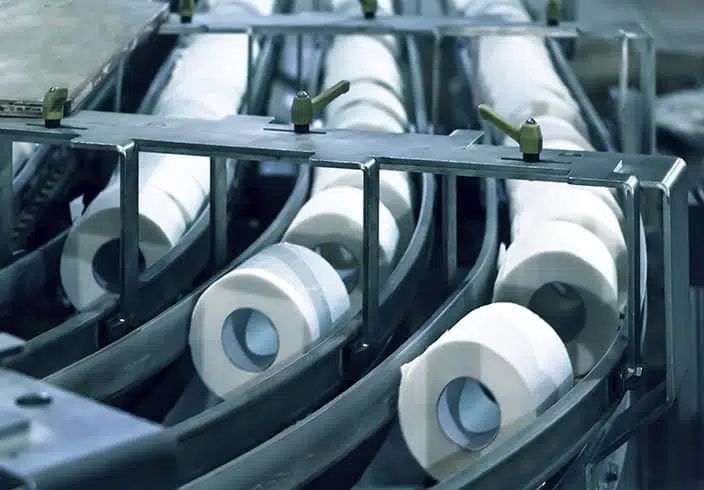
How much water is used to produce tissue paper?
Water is a key resource in tissue paper manufacturing, used in pulping, bleaching, and the paper-making process itself. Some estimates suggest that several gallons of water are needed to produce just one roll of toilet paper. Given global water scarcity issues, this level of consumption is another black mark against tissue paper’s environmental record.
What is the carbon footprint of tissue paper?
The carbon footprint of tissue paper production is significant, influenced by factors like energy use, transportation, and deforestation. Greenhouse gases are released during the manufacturing process, which accelerates climate change. This gives consumers pause, as using tissue paper becomes not just a personal choice but also an environmental one.
What are the ethical implications of using tissue paper?
Ethical considerations abound when discussing tissue paper. This includes the labor practices of manufacturers and whether the wood pulp is sourced sustainably. Consumers are increasingly asking themselves whether their purchasing choices are contributing to deforestation or exploitation of workers.
Is tissue paper made with child labor?
While not prevalent in all cases, there are reports that some tissue paper products are produced in conditions that involve child labor or other exploitative practices. Transparency in supply chains is essential for ethical consumption, and consumers should research before making purchases.

Is tissue paper made with sustainable forestry practices?
Some brands do use sustainable forestry practices, but they are often the exception rather than the rule. Certifications like FSC (Forest Stewardship Council) can help consumers identify more sustainable options. Still, even “sustainable” options have some environmental impact due to manufacturing processes.
Is tissue paper made with recycled materials?
Some tissue paper brands do incorporate recycled materials, lessening their environmental impact. This can include post-consumer waste and industrial scraps. However, recycled tissue paper often lacks the softness of virgin paper, and not all brands offer this option. If environmental conservation is a priority, look out for products with recycled content.
What are the alternatives to tissue paper for cleaning up after using the toilet?
In many parts of the world, bidets are commonly used instead of or alongside tissue paper, offering a more hygienic and less abrasive method for cleaning up. Additionally, some people are turning to washable, reusable cloths made of organic materials, as well as “family cloths” that can be laundered and reused.
What are the alternatives to tissue paper for blowing your nose?
Handkerchiefs made from organic cotton or other sustainable materials offer an eco-friendly alternative. They can be washed and reused multiple times, thus reducing waste. There are also specially designed tissues made from sustainable materials like bamboo that are softer on the nose and less harmful to the environment.

What are the alternatives to tissue paper for cleaning up spills?
Rather than reaching for a handful of tissue paper to clean up spills, consider using reusable rags or cloths made from old t-shirts or towels. Microfiber cloths are also effective for cleaning and can be laundered for repeated use, reducing the need for disposable tissue paper.
What are the alternatives to tissue paper for wrapping gifts?
When it comes to gift-wrapping, consider using reusable cloth, old newspapers, or even brown paper bags. These alternatives are not only unique but also more sustainable. In Japanese culture, the art of furoshiki, or wrapping gifts in reusable cloth, is both traditional and environmentally friendly.
What are the alternatives to tissue paper for packing and shipping items?
Old newspapers, shredded paper, or cornstarch packing peanuts offer sustainable alternatives to tissue paper for packing and shipping items. These materials are often biodegradable and/or recyclable, thus minimizing their environmental impact.
What are the regulations governing tissue paper production?
Regulations on tissue paper production vary by country and focus on aspects like safety, quality, and environmental impact. While developed countries often have stricter standards, loopholes or lax enforcement can exist. This complicates matters for consumers who aim to make ethical choices but may be unaware of the production circumstances.

What is the lifecycle assessment of tissue paper from production to disposal?
A lifecycle assessment of tissue paper takes into account all stages, from raw material extraction to manufacturing, distribution, use, and final disposal. The overall environmental impact is often greater than consumers realize, as energy, water, and chemical use can be significant at multiple stages.
Is tissue paper safe for septic systems?
Most tissue papers are designed to disintegrate in water, making them generally safe for septic systems. However, some luxury or triple-ply tissues may not break down as easily and could contribute to blockages. Always check the packaging for septic-safe labels if you’re concerned.
What is the market size and growth trends of the tissue paper industry?
The tissue paper market has been growing steadily, fueled by increased consumer demand and diversification of products. As issues around sustainability gain prominence, we’re seeing a parallel increase in eco-friendly tissue paper brands. Yet, the industry’s growth poses environmental and ethical questions that shouldn’t be ignored.
Are there tissue paper brands that are more eco-friendly than others?
Yes, several brands aim for a smaller environmental footprint by using recycled content or sustainable sourcing practices. Brands with certifications like FSC or Cradle to Cradle offer consumers better options if they wish to make environmentally responsible choices.

How does the production of tissue paper impact local communities?
The tissue paper industry can bring economic benefits to local communities where manufacturing occurs. However, the environmental toll, such as deforestation and water pollution, can negatively affect these communities in the long run, compromising their natural resources and health.
What is the impact of online shipping and packaging on tissue paper consumption?
The boom in online shopping has led to a surge in packaging needs, and tissue paper often finds a role in that. While it’s less harmful than plastic, its increased use for packing contributes to its overall environmental footprint. Brands and consumers alike are now looking for more sustainable packaging alternatives.
Are there cultural differences in tissue paper use?
Yes, tissue paper use varies widely around the world. While it’s a staple in Western households, many Asian and European countries prefer alternatives like bidets and washcloths. Cultural norms and environmental awareness play significant roles in these preferences.
What are the public perceptions about tissue paper’s impact on the environment?
Public perception is increasingly leaning towards recognizing the environmental impact of tissue paper. Media coverage and environmental campaigns are raising awareness, causing people to think twice before reaching for that tissue.

What are the potential effects of tissue paper on pets and other animals?
While not a major concern, tissue paper can pose risks if ingested by pets or wildlife. Some tissues contain chemicals or fragrances that could be harmful. Always keep tissue paper out of reach of pets and dispose of it responsibly to minimize its impact on animals.
Conclusion
Tissue paper is a ubiquitous item in our lives, popping up everywhere from our bathrooms to our backpacks. However, this seemingly innocuous product has a complex story that extends far beyond its utility. From its environmental toll, including deforestation and water usage, to its impact on human health due to chemicals and potential for irritation, tissue paper poses significant challenges that warrant attention.
While it can be convenient and hygienic, the long-term implications for our planet are anything but negligible. With growing concerns about its lifecycle, from raw material extraction to disposal, many are seeking sustainable alternatives like bidets, washable cloths, and even specialized eco-friendly tissue brands.
Not only do these issues affect the consumer, but they also have far-reaching implications for local communities involved in its production, not to mention the market trends that fuel the industry’s growth. Furthermore, as our lives increasingly move online, the demand for tissue paper in packaging is on the rise, contributing to its environmental footprint.
Public opinion is starting to shift as awareness grows about the many facets of this everyday item. Cultural differences in its usage offer perspectives on how tissue paper’s role can differ across societies. Lastly, even our pets aren’t immune to the potential hazards posed by tissue paper.
All in all, this common household item deserves a second thought. While it may be a small part of our daily routines, the cumulative effects of its use are far-reaching. Thankfully, a growing awareness and array of alternatives offer paths towards a more sustainable future.
So, the next time you reach for that square of tissue, consider the weight it carries—not just for you, but for the world around you.
